Hyundai i20 vs Renault R5 – Which one offers the better deal?
Two cars, one duel: Hyundai i20 meets Renault R5.
Which one wins in performance, efficiency and value for money? Find out now!
Costs and Efficiency:
Price and efficiency are key factors when choosing a car – and this is often where the real differences emerge.
Hyundai i20 has a noticeable advantage in terms of price – it starts at 17400 £, while the Renault R5 costs 23900 £. That’s a price difference of around 6514 £.
Engine and Performance:
Power, torque and acceleration are the classic benchmarks for car enthusiasts – and here, some clear differences start to show.
When it comes to engine power, the Renault R5 has a convincingly edge – offering 540 HP compared to 100 HP. That’s roughly 440 HP more horsepower.
In acceleration from 0 to 100 km/h, the Renault R5 is significantly quicker – completing the sprint in 3.50 s, while the Hyundai i20 takes 11.10 s. That’s about 7.60 s faster.
In terms of top speed, the Renault R5 performs evident better – reaching 270 km/h, while the Hyundai i20 tops out at 183 km/h. The difference is around 87 km/h.
There’s also a difference in torque: Renault R5 pulls convincingly stronger with 4800 Nm compared to 200 Nm. That’s about 4600 Nm difference.
Space and Everyday Use:
Cabin size, boot volume and payload all play a role in everyday practicality. Here, comfort and flexibility make the difference.
Both vehicles offer seating for 5 people.
In curb weight, Hyundai i20 is noticeable lighter – 1088 kg compared to 1447 kg. The difference is around 359 kg.
In terms of boot space, the Hyundai i20 offers barely noticeable more room – 352 L compared to 326 L. That’s a difference of about 26 L.
In maximum load capacity, the Hyundai i20 performs slight better – up to 1165 L, which is about 59 L more than the Renault R5.
When it comes to payload, Hyundai i20 a bit takes the win – 472 kg compared to 418 kg. That’s a difference of about 54 kg.
Who comes out on top?
Overall, the Renault R5 shows itself to be outperforms in nearly all aspects and secures the title of DriveDuel Champion.
It convinces with the more balanced overall package and proves to be the more versatile choice for everyday use.
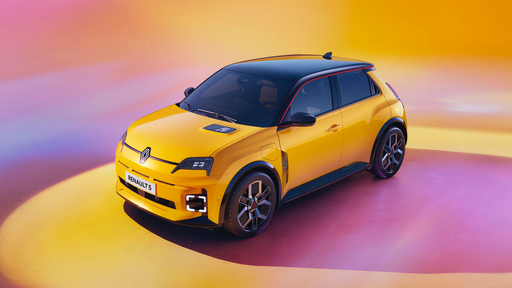
Renault R5
Hyundai i20
The Hyundai i20 impresses with its sleek design and modern aesthetics, making it a stylish choice in the compact car segment. Its interior is thoughtfully designed, offering comfort and advanced technology for a pleasurable driving experience. The vehicle also stands out with its efficient performance and agile handling, making city driving a breeze.
details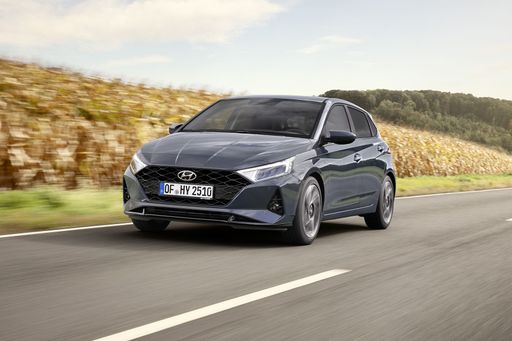 @ hyundai.news
@ hyundai.news
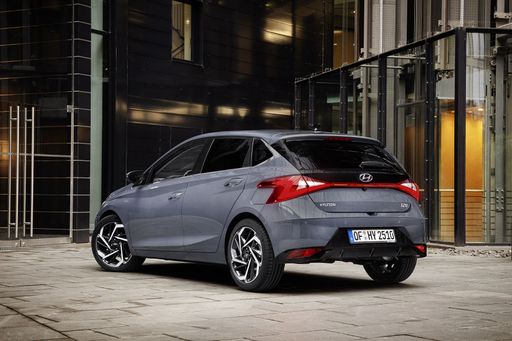 @ hyundai.news
@ hyundai.news
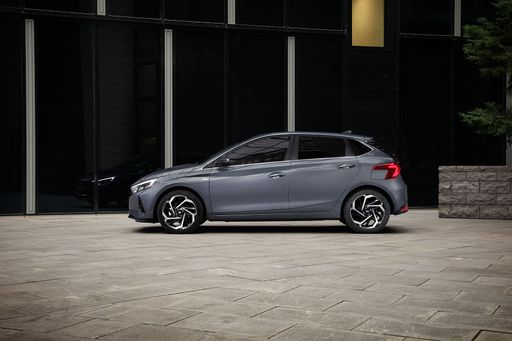 @ hyundai.news
@ hyundai.news
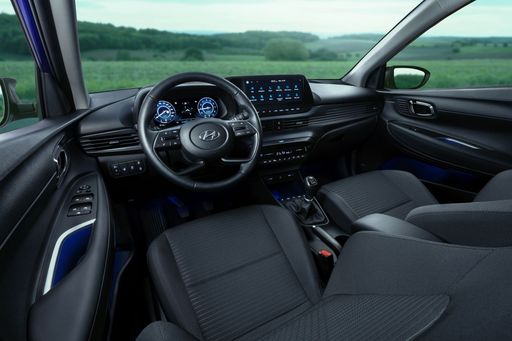 @ hyundai.news
@ hyundai.news
 @ hyundai.news
@ hyundai.news
Renault R5
The Renault R5 is a classic hatchback that captured the imagination of drivers with its distinctive design and compact versatility. Its agile handling and efficient performance made it a popular choice in urban settings and winding country roads alike. With a blend of style and practicality, the Renault R5 remains a beloved icon in automotive history.
details @ media.renault.at
@ media.renault.at
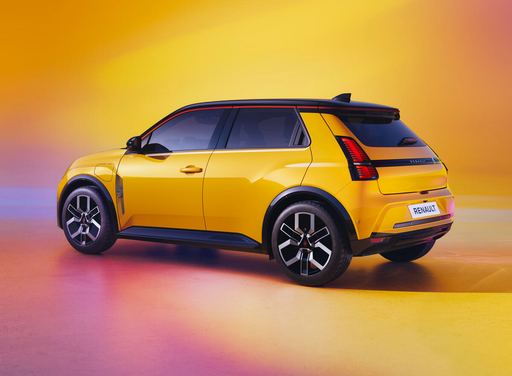 @ media.renault.at
@ media.renault.at
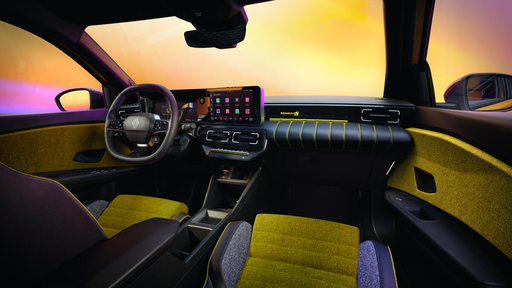 @ media.renault.at
@ media.renault.at

|

|
|
|
|
Costs and Consumption |
|
|---|---|
|
Price
17400 - 24000 £
|
Price
23900 - 137100 £
|
|
Consumption L/100km
5.2 - 5.3 L
|
Consumption L/100km
-
|
|
Consumption kWh/100km
-
|
Consumption kWh/100km
14.8 - 15.2 kWh
|
|
Electric Range
-
|
Electric Range
307 - 405 km
|
|
Battery Capacity
-
|
Battery Capacity
40 - 52 kWh
|
|
co2
119 - 121 g/km
|
co2
0 g/km
|
|
Fuel tank capacity
40 L
|
Fuel tank capacity
-
|
Dimensions and Body |
|
|---|---|
|
Body Type
Hatchback
|
Body Type
Hatchback
|
|
Seats
5
|
Seats
2 - 5
|
|
Doors
5
|
Doors
3 - 5
|
|
Curb weight
1088 - 1190 kg
|
Curb weight
1447 - 1524 kg
|
|
Trunk capacity
352 L
|
Trunk capacity
326 L
|
|
Length
4065 - 4075 mm
|
Length
3922 - 4080 mm
|
|
Width
1775 mm
|
Width
1744 - 2030 mm
|
|
Height
1450 - 1455 mm
|
Height
1380 - 1498 mm
|
|
Max trunk capacity
1165 L
|
Max trunk capacity
1106 L
|
|
Payload
450 - 472 kg
|
Payload
396 - 418 kg
|
Engine and Performance |
|
|---|---|
|
Engine Type
Petrol
|
Engine Type
Electric
|
|
Transmission
Automatic, Manuel
|
Transmission
Automatic
|
|
Transmission Detail
Dual-Clutch Automatic, Manual Gearbox
|
Transmission Detail
Reduction Gearbox
|
|
Drive Type
Front-Wheel Drive
|
Drive Type
Front-Wheel Drive, Rear-Wheel Drive
|
|
Power HP
79 - 100 HP
|
Power HP
122 - 540 HP
|
|
Acceleration 0-100km/h
11.1 - 13.7 s
|
Acceleration 0-100km/h
3.5 - 9 s
|
|
Max Speed
166 - 183 km/h
|
Max Speed
150 - 270 km/h
|
|
Torque
113 - 200 Nm
|
Torque
225 - 4800 Nm
|
|
Number of Cylinders
3 - 4
|
Number of Cylinders
-
|
|
Power kW
58 - 74 kW
|
Power kW
90 - 397 kW
|
|
Engine capacity
998 - 1197 cm3
|
Engine capacity
-
|
General |
|
|---|---|
|
Model Year
2024
|
Model Year
2025 - 2027
|
|
CO2 Efficiency Class
D
|
CO2 Efficiency Class
A
|
|
Brand
Hyundai
|
Brand
Renault
|
What drivetrain options does the Hyundai i20 have?
The Hyundai i20 is offered with Front-Wheel Drive.
The prices and data displayed are estimates based on German list prices and may vary by country. This information is not legally binding.
